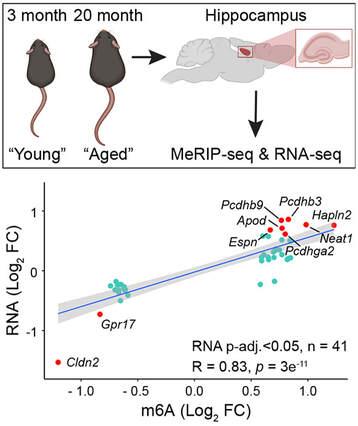 Our new research describing the m6A-epitranscriptomic profiles from the hippocampi of young (3 month-old) vs aged (20 month-old) C57Bl/6 mice is now out in Aging Cell. We reveal more over 500 transcripts that are differentially methylated. There is also a significant concordance between m6A and transcript levels in both directions. Finally, we found that the myelin regulator gene Gpr17 was downregulated in the aged hippocampus concomitant with reduced m6A levels in its 3'UTR. Overall, the positive correlation between m6A and the transcript expression levels indicates a co-transcriptional regulation of m6A with gene expression changes that occur in the aged mouse hippocampus. Congratulations to River and Jocelyn who lead the project, as well as to our fantastic collaborators Drs. Renhua Song and Justin Wong (Centenary Institute, Sydney). We are very proud to introduce Dr. River Huang, our lab third PhD graduate. River will soon be taking up a new position as a postdoctoral researcher at The Johns Hopkins University of School of Medicine in Baltimore, USA. Congratulations River and we wish you all the very best!
The lab attended the Clem Jones Centre for Ageing Dementia Research annual retreat at the beautiful Custom House. We were very pleased that our students, Hilary and River, received the best research student publication award (Yong et al., Cell Reports, 2020) and the student's lay abstract presentation people's choice award, respectively. Congratulations!
We are very excited to share our lab very first pre-print on bioRxiv. This work, led by our PhD student Hilary Yong, identified functional roles of CaMKIIα-mediated phosphorylation on the C-terminal tail of the GluN2A subunit (Ser-1459) in regulating the gating and activity-dependent trafficking of NMDA receptors. It is an extension of our recent collaborative work that was published in Cell Reports (Vieira et al., 2020). We thank all authors and our wonderful collaborators, Prof. Brett Collins (IMB, UQ), Dr. Angelo Keramidas (IMB, UQ), Prof. Joe Lynch (QBI, UQ) and Prof. Katherine Roche (NINDS, NIH, USA).
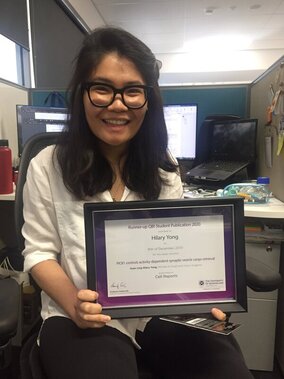 Even though 2020 has been a tough year, we have performed well with 7 published papers, two of which were led by PhD students, River and Hilary. To cap off the year, the lab was awarded the Judy Mitchell MND Research Innovator Grant by the MND Research Australia. This grant was jointly awarded to Victor, Jocelyn and our collaborator, Dr. Mihwa Lee (La Trobe University) to investigate molecular mechanisms underlying the cytoplasmic aggregation of the RNA binding protein, SFPQ, in ALS. Finally, we are very proud of Hilary, whose work on PICK1 in synaptic vesicle recycling (Yong et al., Cell Reports, 2020) was selected as the Runner Up of QBI Best Student Publication Prize 2020. We wish everyone a happy festive season and all the very best in 2021. 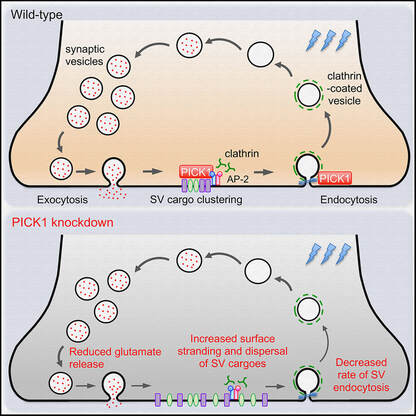 Our latest work has just been published in Cell Reports showing a new role for PICK1 (the only protein with a BAR and a PDZ domain) in regulating the activity-dependent clustering and retrieval of presynaptic vesicle cargo in mammalian central neurons. It is required for efficient synaptic vesicle endocytosis and sustained glutamate release. Outstanding work by Hilary and a wonderful collaboration with Prof. Mike Cousin (The University of Edinburgh, UK). We are excited to share our new work, "Altered expression of the m6A methyltransferase METTL3 in Alzheimer's disease", which has just been published in eNeuro. Here we report a decrease in the expression of METTL3 mRNA and soluble protein in the postmortem hippocampal tissues of Alzheimer's disease (AD) patients. We also identified a striking alteration in the METLL3 protein expression, including enhanced insolubility and immunoreactivity in the AD hippocampus. Our results suggest that perturbation of m6A signalling may present a novel cellular mechanisms underpinning dysregulation of gene expression associated with AD pathophysiology. Congratulations to River and Jocelyn who led this study and to our QBI collaborators, Drs. Judith Camats-Perna and Rodrigo Medeiros.
We wish to congratulate the following lab members for their achievements:
We are delighted that our study, primarily done by Jocelyn and Jun Wei, has just been published in Cellular and Molecular Neurobiology. Here, we demonstrated the cross-modulation between the ubiquitination and phosphorylation of the GluA2 subunit of AMPA receptors by protein kinase C (PKC). Interestingly, this effect is specific for GluA2 as phorbol ester does not potentiate bicuculline-induced ubiquitination of the GluA1 subunit. We envisage that the binding of glutamate on AMPARs in neurons with high level of PKC activity (such as following the activation of mGluRs) will result in subunit-specific regulation of AMPAR ubiquitination and intracellular sorting, which ultimately govern the subunit composition and number of AMPARs, including the Ca2+-permeable AMPARs at synapses.
The N-methyl-D-aspartate glutamate receptors (NMDARs) mediate calcium-dependent signaling that underpins multiple forms of synaptic plasticity. Different GluN2 (GluN2A-D) subunit confers NMDARs with distinct ion channel properties and intracellular trafficking pathways. In a review article which has just been published in Journal of Neurochemistry, we discuss the current knowledge of the molecular mechanisms that regulate the trafficking of GluN2-containing NMDARs, focusing on the roles of several key synaptic proteins that interact via their carboxyl termini. This review article is a joint effort with our collaborator Prof. Katherine Roche (NINDS, NIH). Congratulations to Marta (Roche Lab) and Hilary (Anggono Lab) on an excellent work.
We are excited to welcome Dr. Anson Tan (postdoctoral fellow) and Mr. Sooraj Das (PhD student), who have just joined the Anggono Lab to investigate the mechanisms of glutamate receptor trafficking in neurons. Anson received his PhD from the University of Melbourne studying the mechanisms of APP trafficking under the supervision of Prof. Paul Gleeson, while Sooraj received his BS-MS double degree from the Indian Institute of Science Education and Research (IISER) Pune, India. We are also very fortunate to retain Ms Hilary Yong (former Research Assistant), who will pursue her PhD degree in the lab. Both Sooraj and Hilary received highly competitive Research Training Program Scholarships from the Australian Government.
We are delighted to welcome Mr. Liming Yang, a third year Bachelor of Medical Science student from the University of Exeter, UK. Liming will undertake a one-year research in the Anggono Lab as part of the Professional Training Year programme.
A big congratulations to Joanne, who has been awarded her PhD degree and has officially became our lab's first PhD graduate. Well done!!!
We are delighted to have 3 new students joining the lab in July 2018. They are River Huang (PhD student), Huimin Guo (MSc student) and Wendy Kao (Honours student). River was supported by a highly competitive UQ Research Training Scholarship. Congrats and warm welcome to our newest members in the lab.
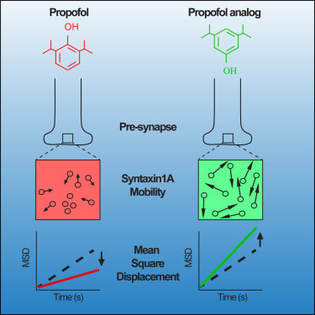 A major collaborative paper led by A/Prof. Bruno van Swinderen (QBI, UQ) has just been published in Cell Reports, describing the effect of a widely used general anaesthetic, propofol, in impairing the presynaptic release of neurotransmitters. Propofol restricts syntaxin 1a mobility on presynaptic membranes, a process that is dependent on another SNARE molecule, SNAP-25. Members of the Anggono Lab who were involved in this study include James Steeves (former Research Assistant) and Shu Liu (former Wen Zhou Scholar). [Press Release] Tianyi, Hilary and Jocelyn have just published a research article in the Journal of Molecular Biology, reporting that the fat mass and obesity-associated (FTO) protein undergoes post-translational ubiquitination at Lys-216 of the N-terminal catalytic domain. By using the CRISPR/Cas-9 approach, they further showed that FTO K216R knock-in cells have a slower rate of FTO protein turnover. In addition, these cells display a defect in FTO translocation into the nucleus following amino acid starvation. Great effort by the team and congrats!
Six members of the Anggono Lab attended the 37th annual meeting of the Australasian Neuroscience Society (ANS), which was held at the International Convention Centre in Sydney from 3 to 6 Dec 2017. Victor presented a talk at the "Synaptic Dysfunction in Neurodegenerative Diseases" symposium, while Jocelyn and Sumasri each gave a presentation in the "Synaptic Function and Plasticity" session. Meanwhile, Iris, Joanne, Tianyi and Sumasri also presented posters at the meeting.
Joanne's image of a dendrite, "Rainbow after STORM" was named as the runner up of the ANS students' Images of Neuroscience photographic competition. Congratulations! Joanne and Sumasri represented the Anggono Lab in the 8th Brisbane Cell & Developmental Biology Meeting, which was held on Nov 21, 2017 at the Translational Research Institute (TRI). Sumasri presented a poster while Joanne was selected to present a short talk. Joanne also won the Best Imaging Competition with her work, "The BrainSTORM". Congrats!
In this article, which has just been published in the Frontiers of Molecular Neuroscience, we review recent advances in the field and provide insights into the role of protein ubiquitination in regulating AMPA receptor trafficking and function in health and disease.
The Anggono Lab was well represented at the inaugural Australian C. elegans symposium, which was held at the Queensland Brain Institute, Brisbane, 25-27 October 2017. Joanne, Sumasri and Iris each gave a talk in the Synapse Formation and Function session.
Welcome Varun and Wendy to the Anggono Lab. Varun comes from the Kadener Lab (The Hebrew University, Israel) and will stay in our lab for 3 months as an occupational trainee, while Wendy, a 3rd year undergraduate student at UQ, will receive training in basic molecular biology skills.
Activation of GIRK channels by p75 neurotrophin receptors underlies Aβ-induced neuronal death26/7/2017
Joanne and Victor publish a collaborative paper with the Coulson Lab (UQ) in Frontiers in Neuroscience, reporting the role of G-protein-coupled Inwardly Rectifying Potassium (GIRK/Kir3) channels and p75 neurotrophin receptors in mediating potassium efflux during Aβ-induced neuronal death.
The lab celebrates the graduation of our first Master (research intensive) student, Tianyi, who passed with flying colours and received the Dean's Commendation for Academic Excellence. On the same day, Tianyi also learnt that he was awarded a highly competitive UQ International Graduate School Scholarship to pursue his PhD in the Anggono Lab. Well done Tianyi and congrats!!!
|
Synaptic Neurobiology LabArchives
January 2023
Categories
All
|
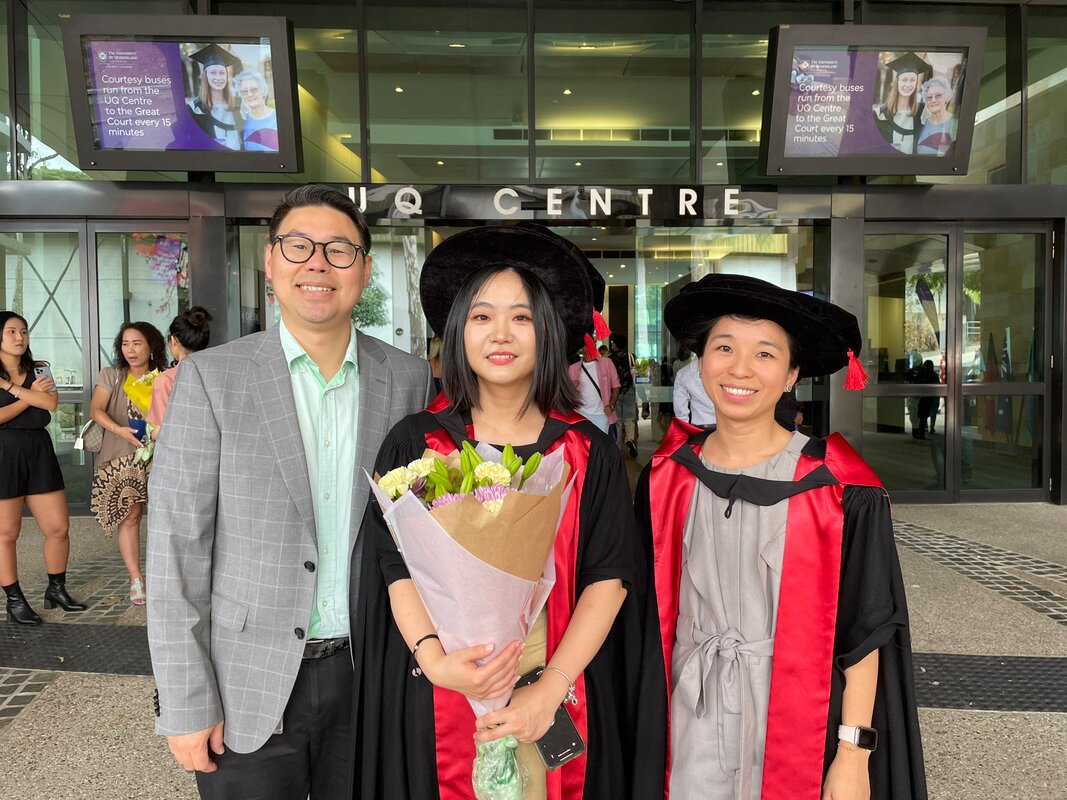
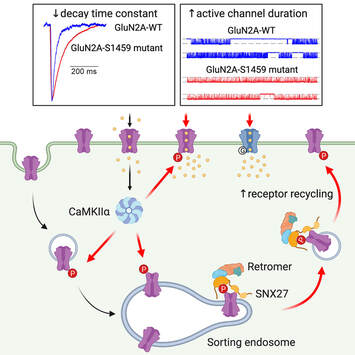
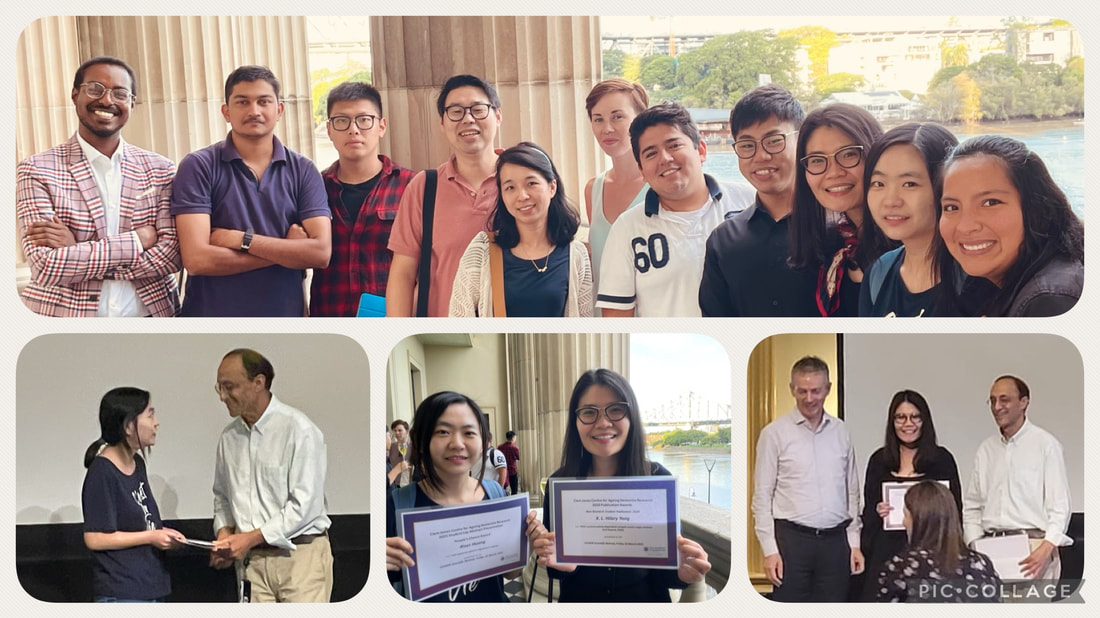
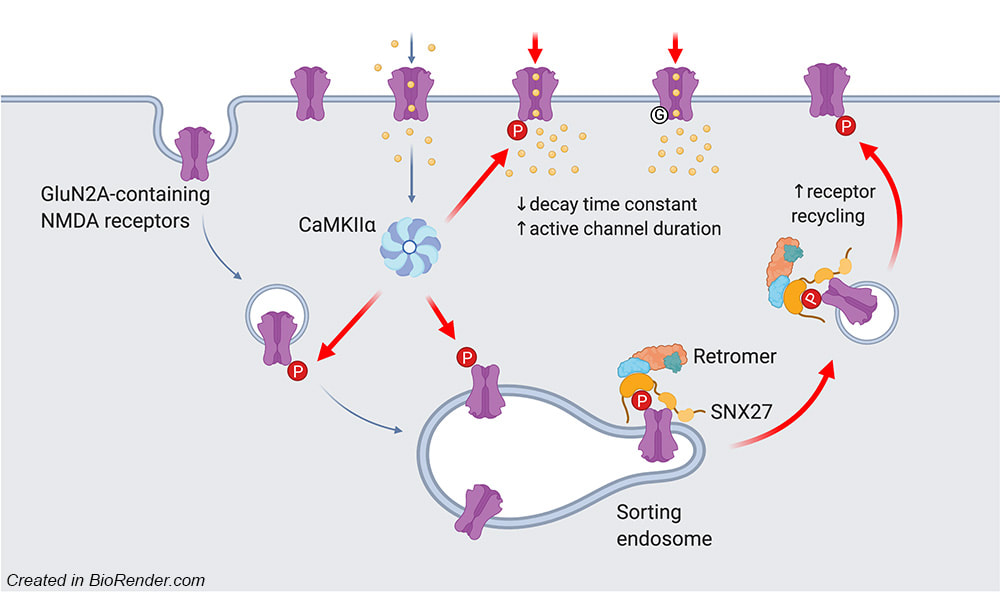
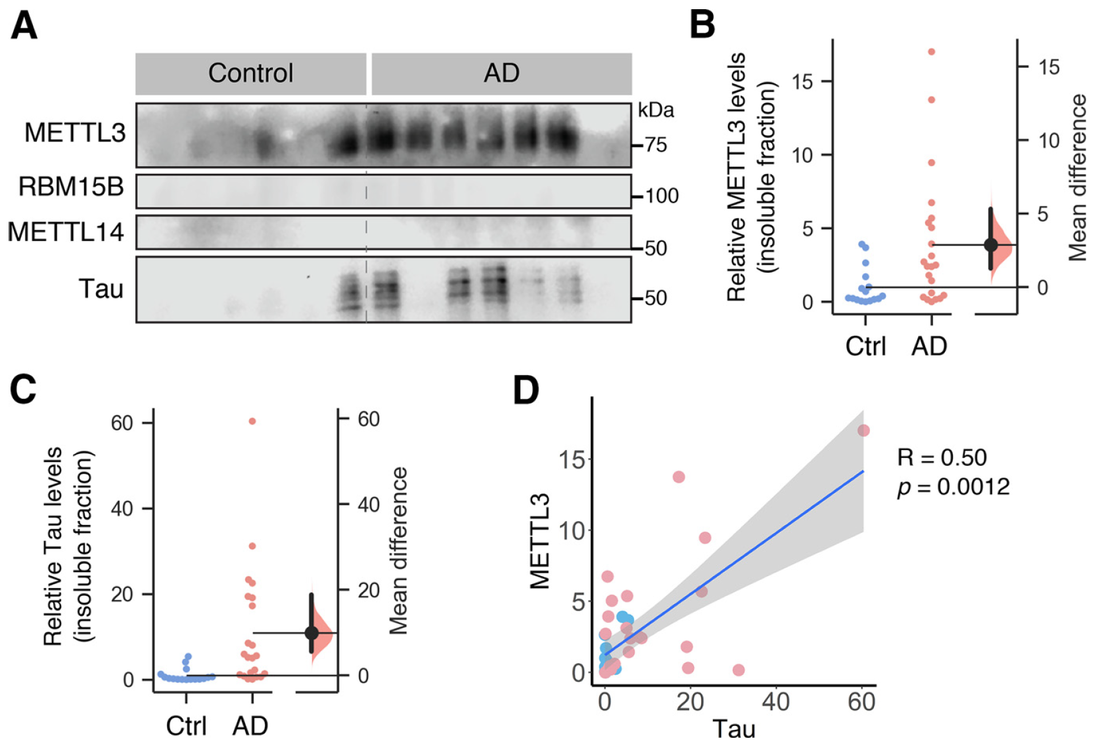
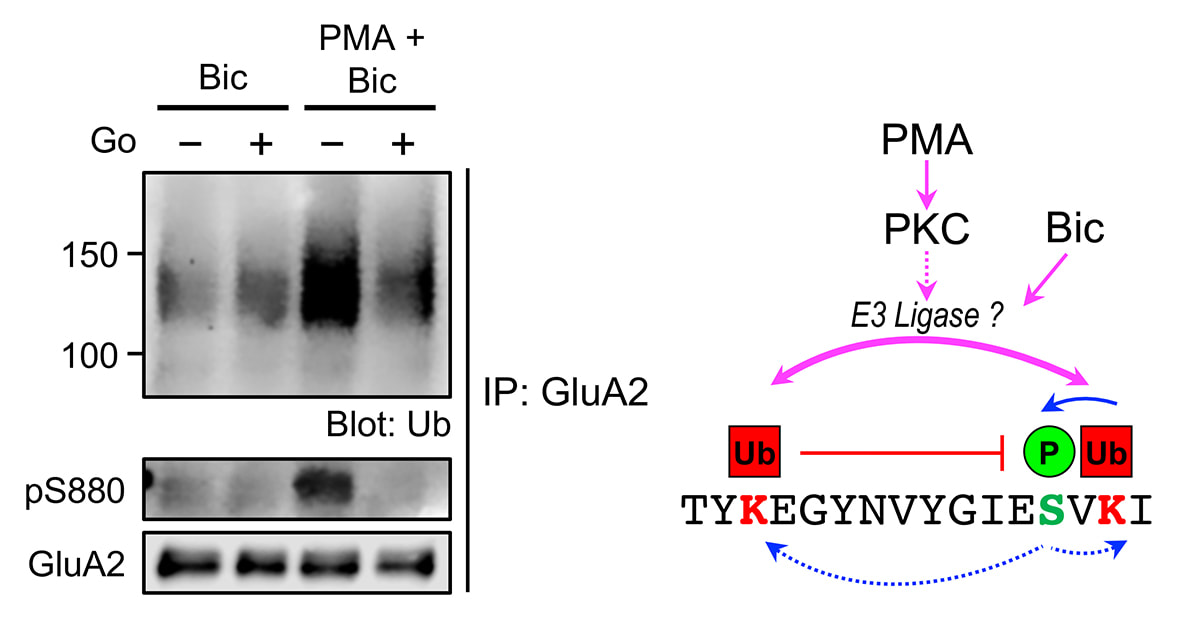
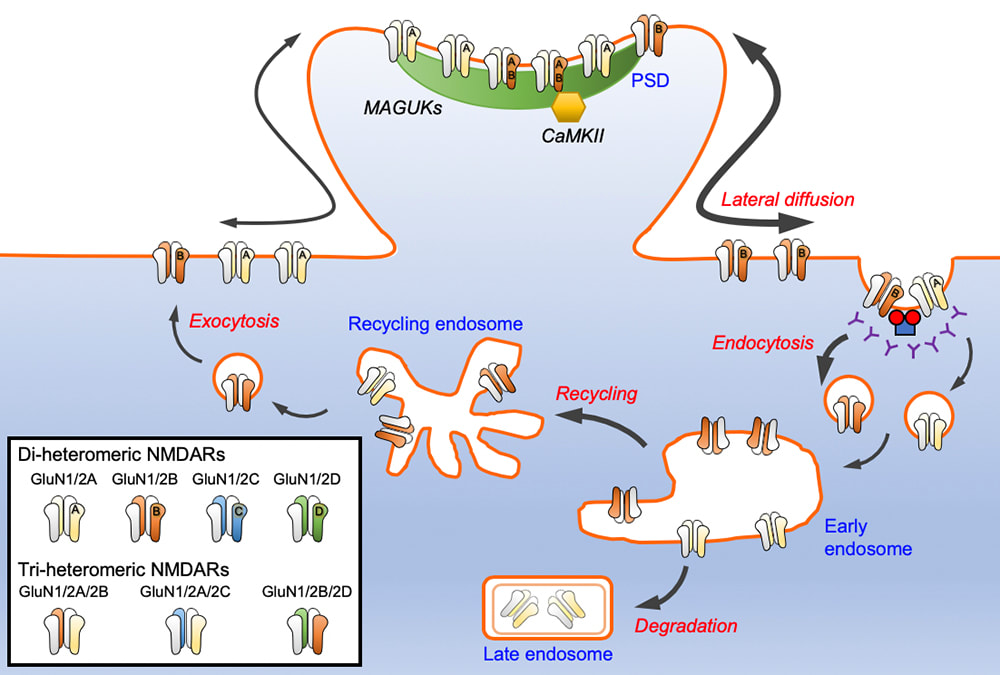
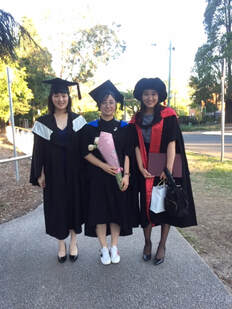
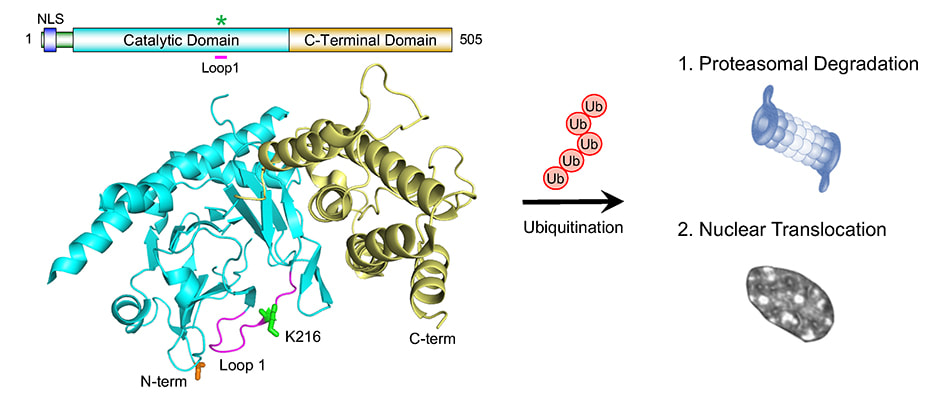
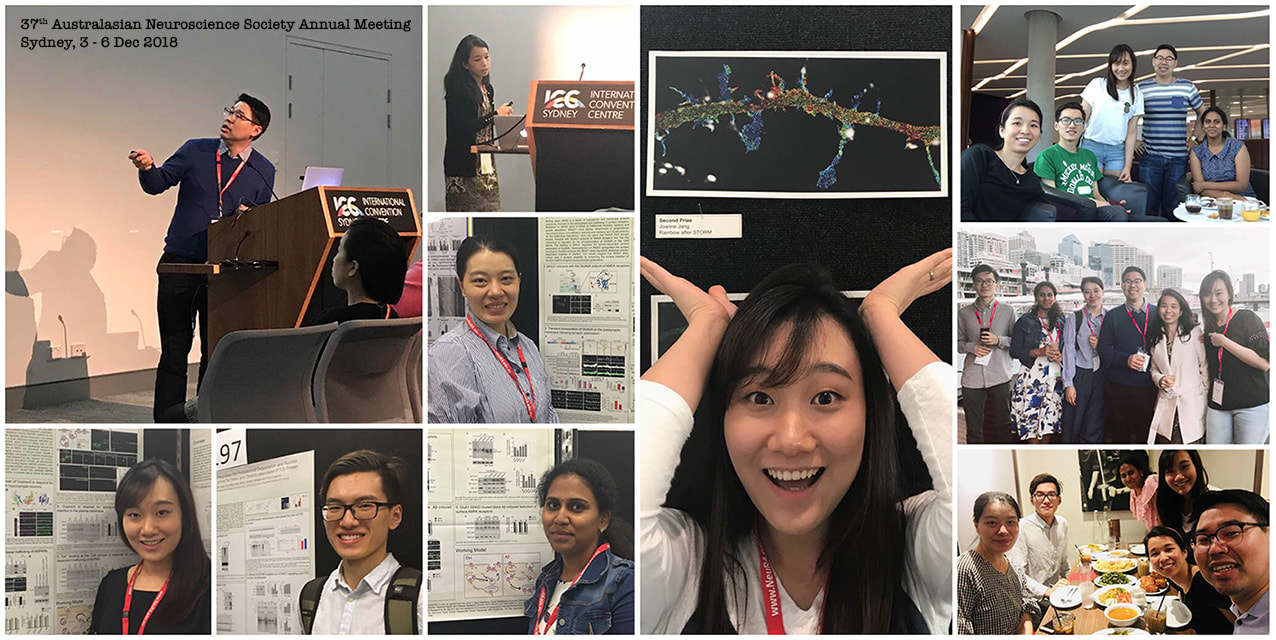
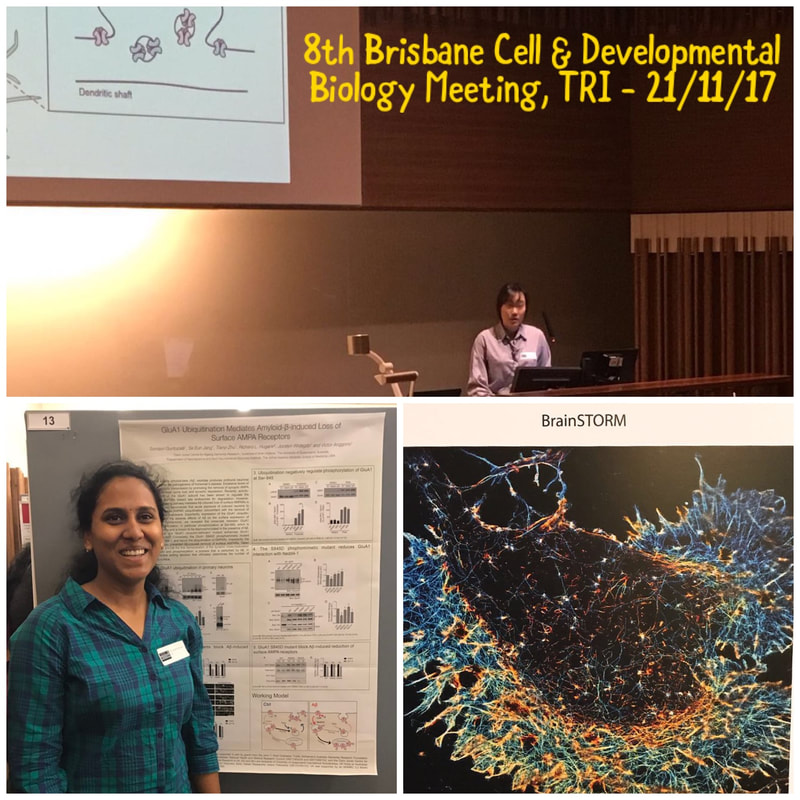
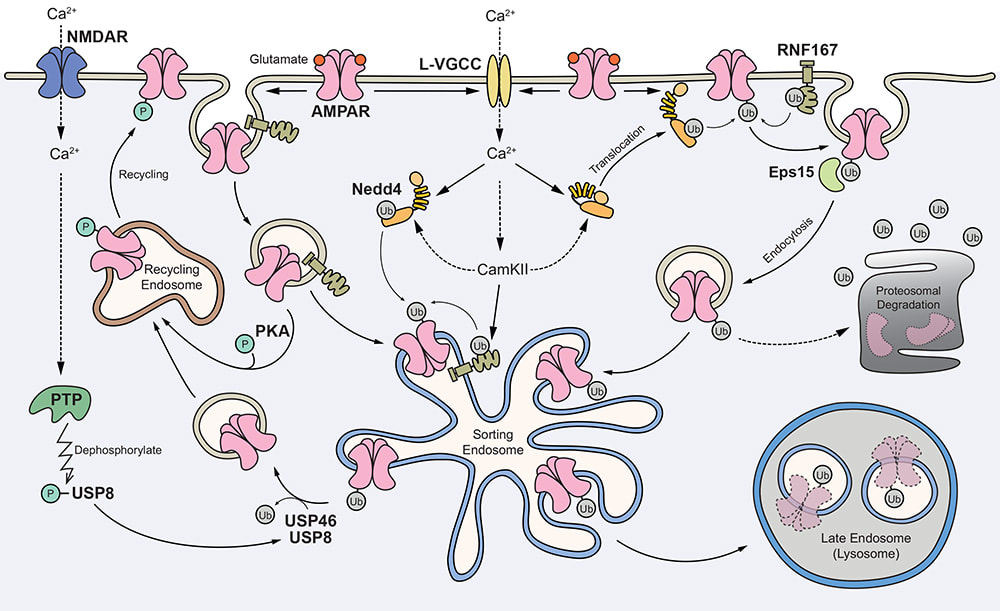
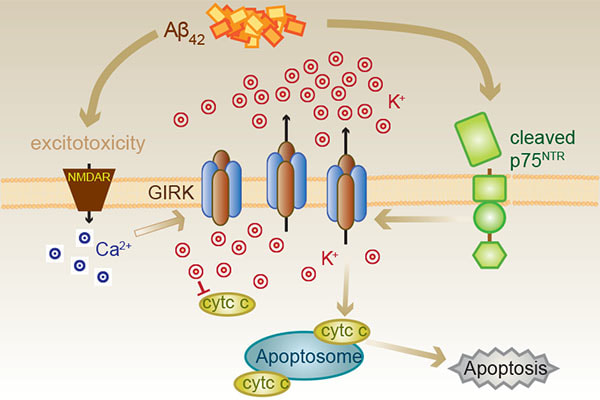

 RSS Feed
RSS Feed